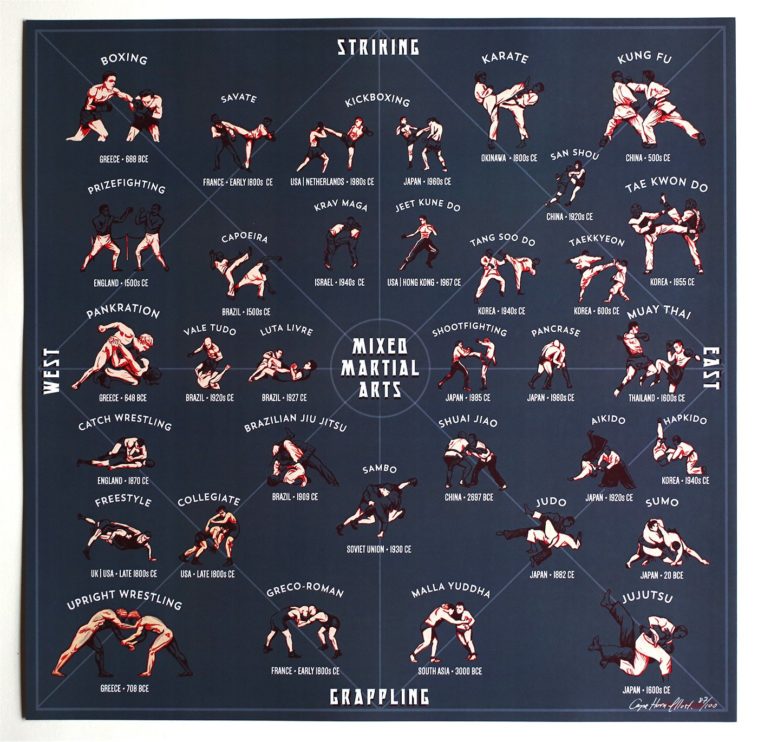Discover The Secrets Of Taekwondo's Belt Levels! From White To Black, This Guide Has Every Little Thing You Require To Understand. Dive In Now!
Discover The Secrets Of Taekwondo's Belt Levels! From White To Black, This Guide Has Every Little Thing You Require To Understand. Dive In Now!
Blog Article
Article Author-Berry Malone
Did you understand that there are an overall of 10 belt degrees in Taekwondo? From Learn Additional Here to the prestigious black belt, each level represents a turning point in your journey to mastery.
Yet what do these belt degrees actually mean? How do you advance with them?
In this discussion, we will certainly break down the belt degrees in Taekwondo, discover their significance, and uncover what it takes to increase with the ranks.
So, if you wonder to recognize the complexities of Taekwondo's belt system and what it implies for your training, remain tuned.
The Function of Belt Levels
The objective of belt levels in Taekwondo is to provide a clear and structured development system for you to track your advancement and skill level. As you start your Taekwondo journey, you start with a white belt, symbolizing your newbie condition. With each belt promotion, you obtain brand-new expertise, strategies, and duties.
The belt degrees function as turning points, reflecting your commitment, dedication, and development in the martial art. They offer a feeling of achievement and motivation to keep pushing yourself to improve. Additionally, belt degrees assist instructors and peers review your capacities and give appropriate assistance and training.
Belt Color Styles and Their Meanings
As you proceed with the belt degrees in Taekwondo, each shade stands for a particular definition and indicates your growth in the fighting style.
The white belt, which is the beginning point for all newbies, symbolizes pureness and virtue.
As you move on to the yellow belt, it symbolizes the planet from which a plant sprouts and settles.
The green belt stands for development and the advancement of your skills.
The blue belt symbolizes the sky, where your potential as a Taekwondo specialist is limitless.
The red belt stands for danger and caution, reminding you to utilize your skills properly.
Finally, the black belt represents proficiency and experience, symbolizing your journey in the direction of becoming a real Taekwondo master.
Each belt color holds its very own unique meaning, showing your progression and commitment in this ancient martial art.
Progressing With the Belt Levels
To progress with the belt degrees in Taekwondo, you have to continually show your skills and commitment. Below's what you require to understand about advancing in this martial art:
1. ** Method Makes Perfect **: Regular training sessions are vital to improve your strategy and master the needed types. Repetition refines your skills, enabling you to do with precision and speed.
2. ** Pressing Your Restrictions **: Advancing through the belt levels requires pushing yourself beyond your convenience area. You'll be tested physically and psychologically, however it's via these difficulties that you grow and boost.
3. ** Evaluating Your Expertise **: Belt tests evaluate your understanding of Taekwondo concepts, consisting of sparring, self-defense, and damaging strategies. These examinations ensure you have a detailed grasp of the art and prepare to advance to the next level.
Verdict
As you embark on your journey through the belt degrees in Taekwondo, bear in mind that each shade holds a much deeper definition past its surface look.
Much like the vibrant shades of the belts, your development stands for development, technique, and determination.
As you advance, each belt ends up being a symbol of your dedication and proficiency of the art.
Embrace https://chancebkudl.bloggip.com/32523359/exactly-how-young-people-martial-arts-can-encourage-kids-construct-self-confidence-and-equip-them-with-critical-self-defense-skills-assisting-to-stop-bullying-cases , push your restrictions, and allow the importance of your belt degrees influence you to become the very best variation of yourself both on and off the floor covering.
